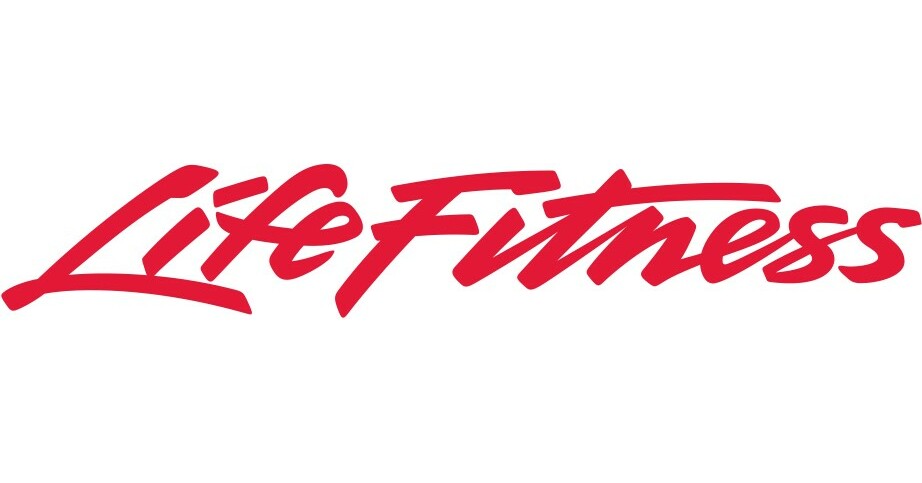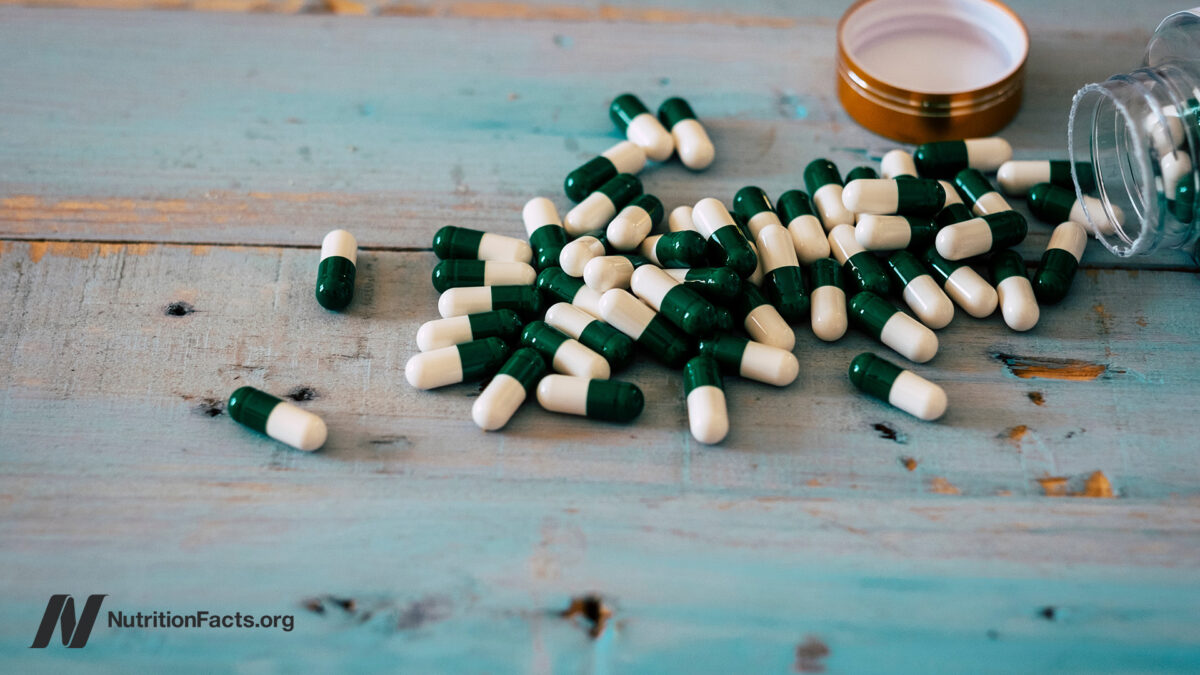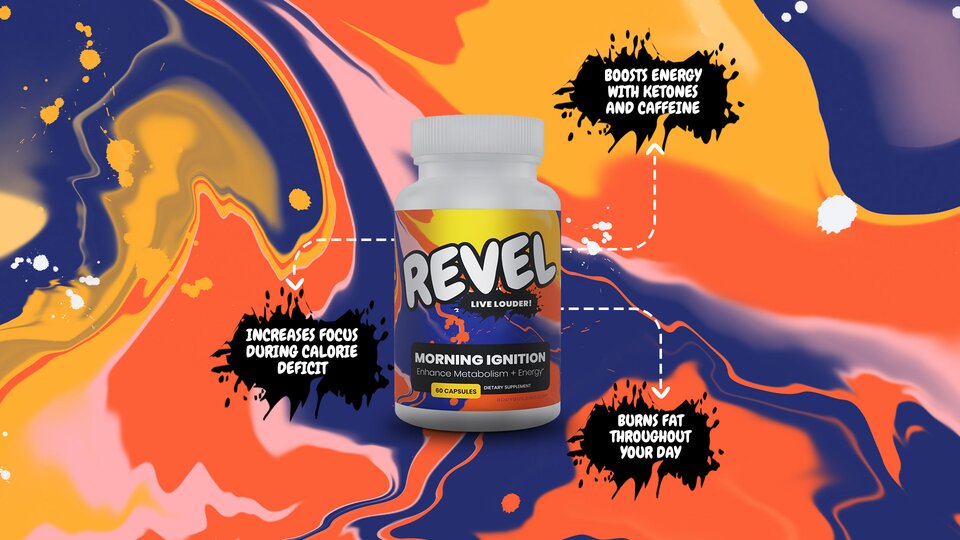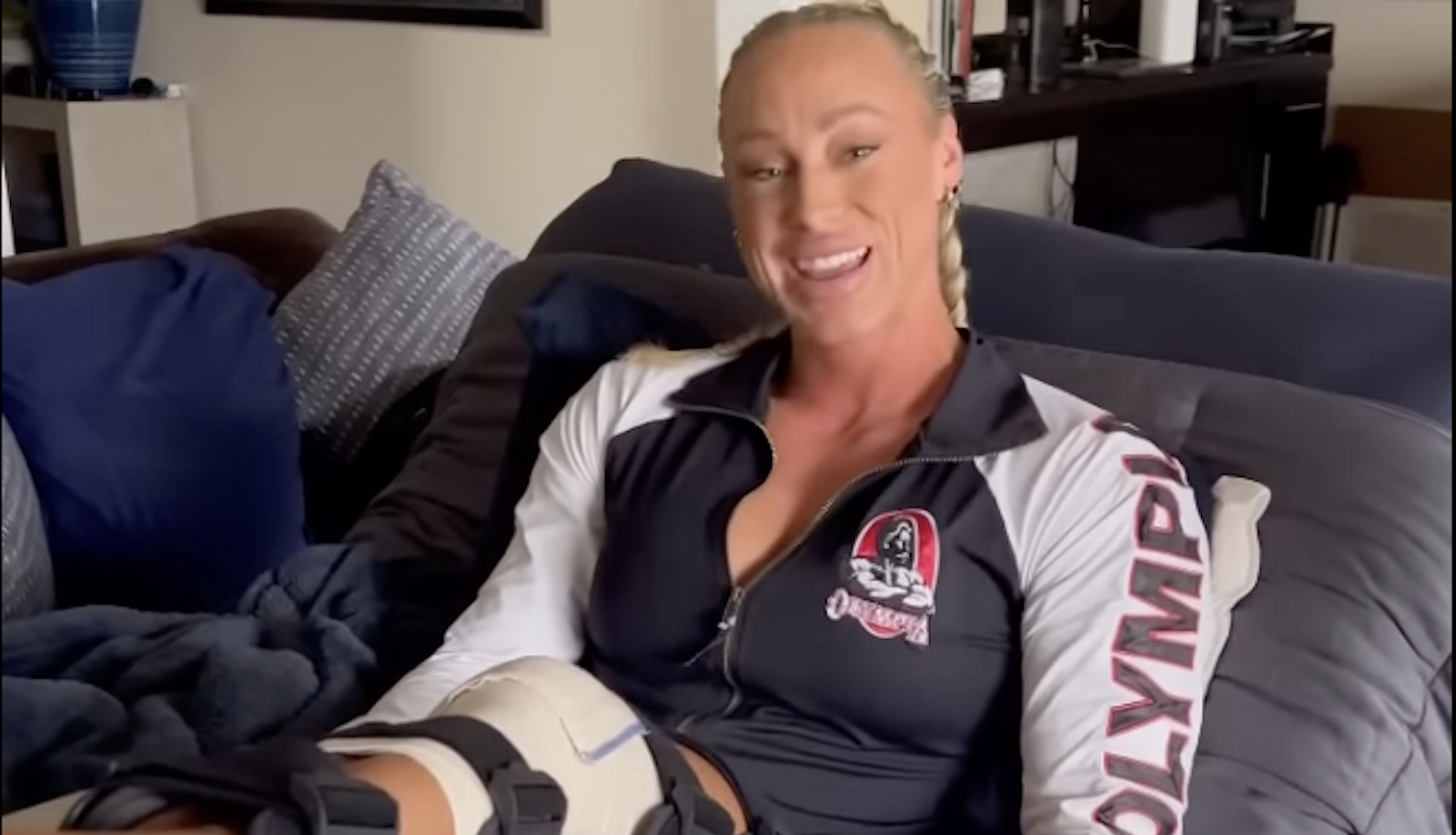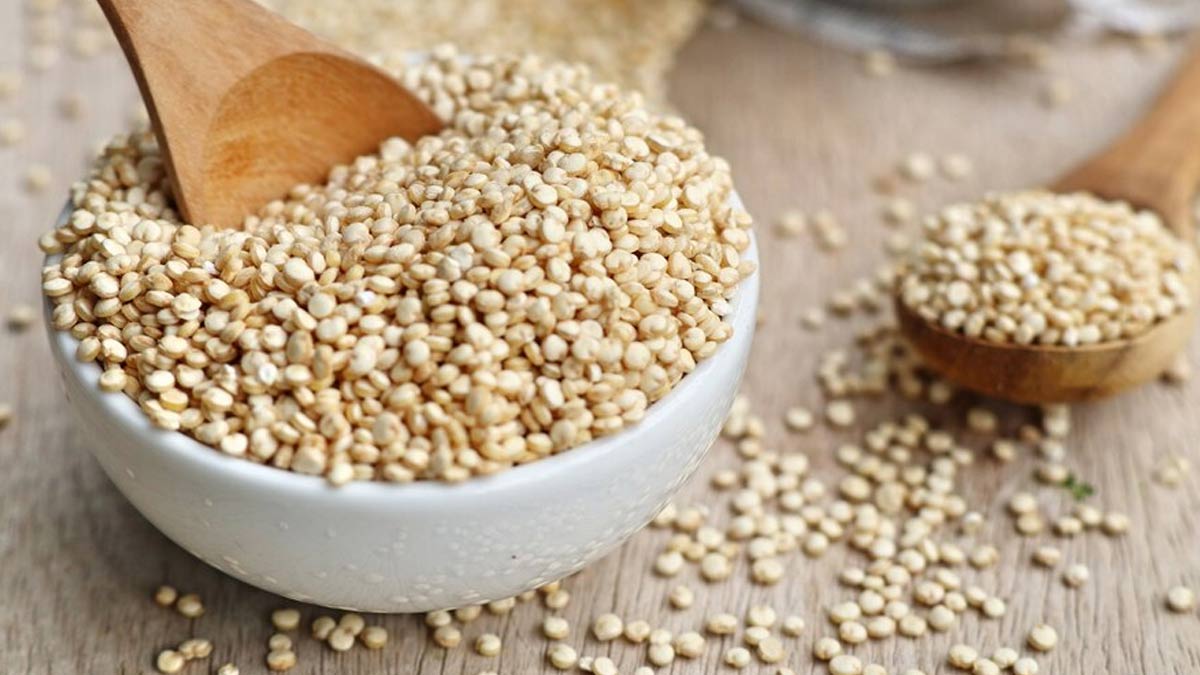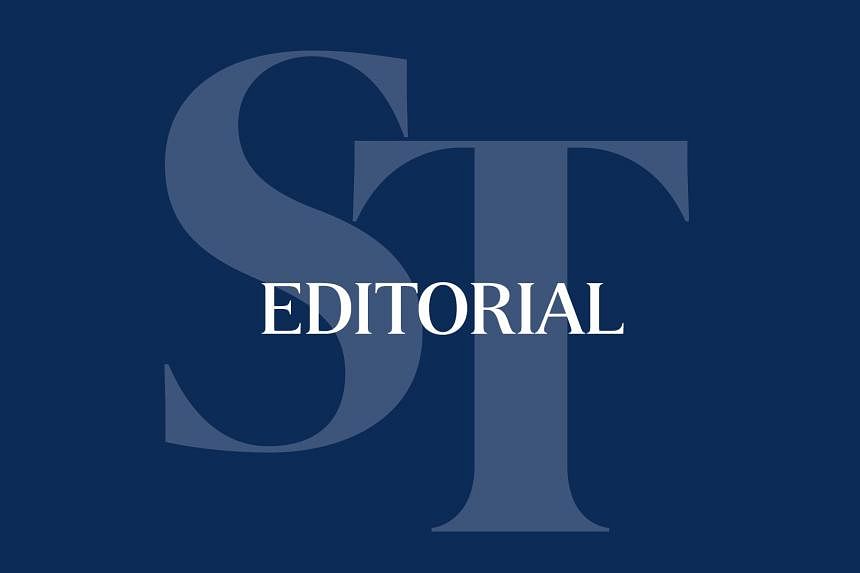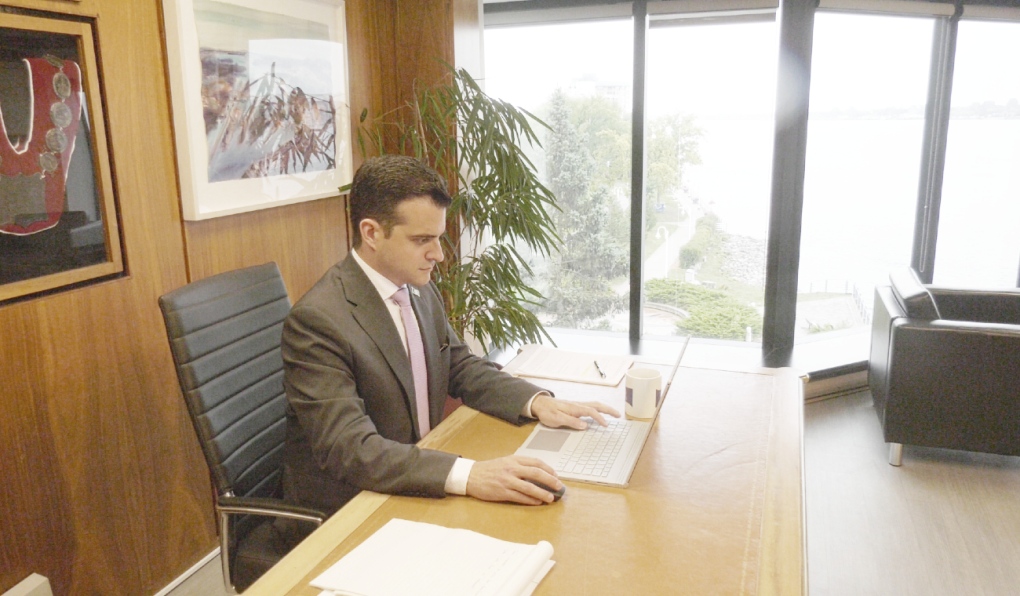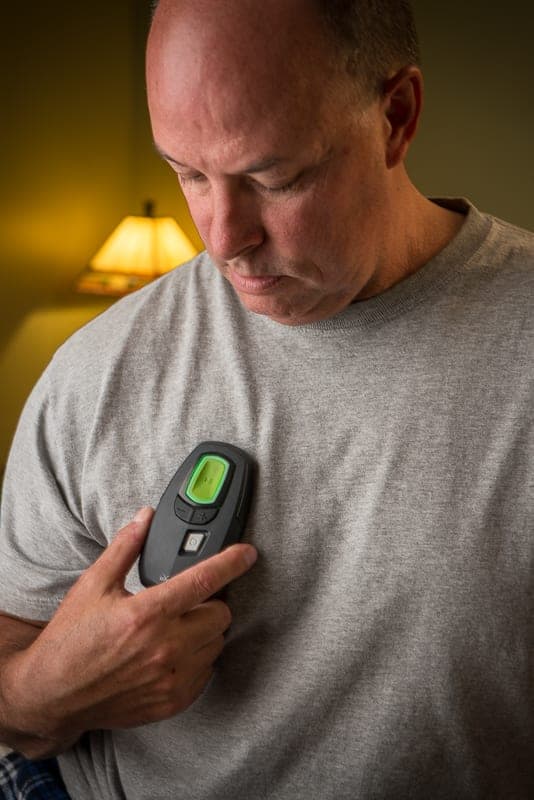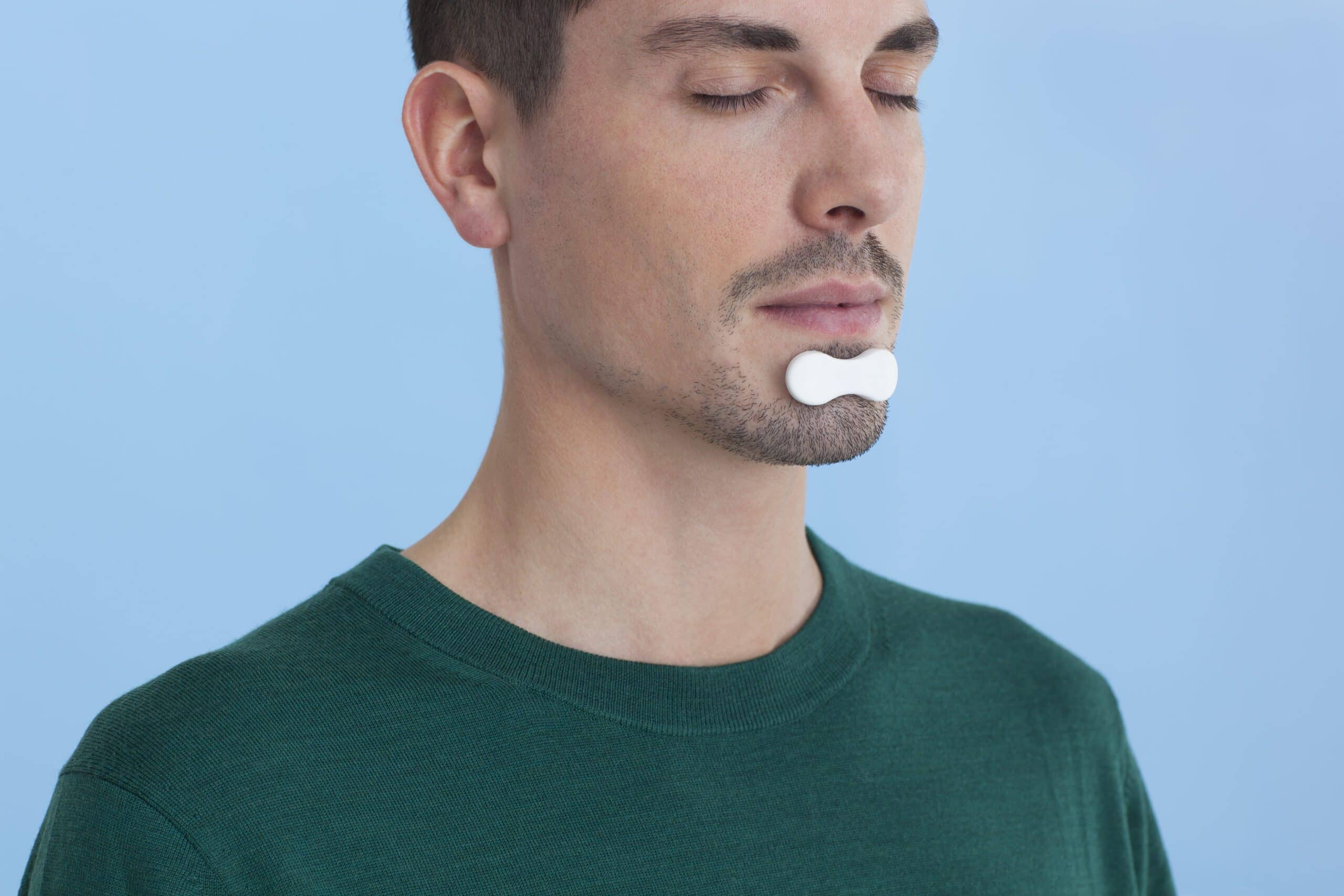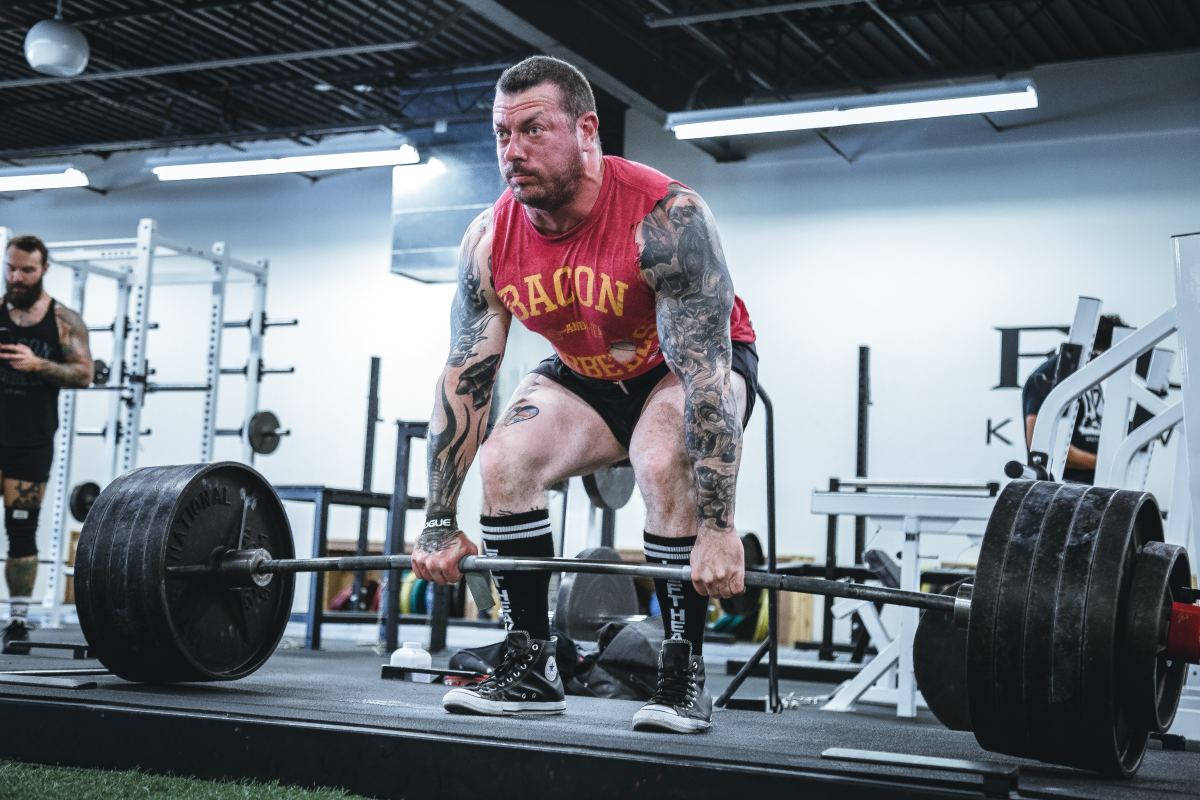Inspire Medical Systems Inc reached a new milestone in the third quarter, surpassing 50,000 patients treated with Inspire therapy for obstructive sleep apnea. The company also expanded coverage policies with several national health plans to include recently expanded indications.
Other highlights for the quarter include the activation of 62 new centers in the US—bringing the total to 1,107 US medical centers providing Inspire therapy—and the creation of 13 new US sales territories, for a total of 274 US sales territories
“We are pleased with our strong performance in the third quarter, growing revenue 40% year-over-year. Our growth continues to be driven primarily by higher utilization at existing sites and was complemented by the addition of 62 new implanting centers and 13 new US sales territories,” says Tim Herbert, president and CEO of Inspire Medical Systems, in a release.
Acknowledging initial challenges faced in the early part of the year, Herbert elaborated on Inspire’s measures to enhance patient access and improve authorization processes.
“Early in the year, we implemented a pilot program regarding prior authorization submissions by our customers, and in tracking the results of the program, we observed a decline in prior authorization submissions for patients seeking Inspire therapy,” says Herbert in the release. “After recognizing this trend, we reinvigorated our efforts to facilitate patient access to Inspire therapy by more closely engaging with our customers with the prior authorization submission process, including involving our corporate prior authorization team to assure consistency and accuracy of submissions.”
These challenges had a short-term impact on the number of implant procedures early in the third quarter, Herbert says in the release, “but the increase in patient prior authorizations at the end of the quarter reinforces our confidence in the fourth quarter and beyond.”
As such, Inspire increased its full-year revenue to be in the range of $608 to $612 million, up from $600 to $610 million, representing a 49% to 50% increase compared to 2022.








